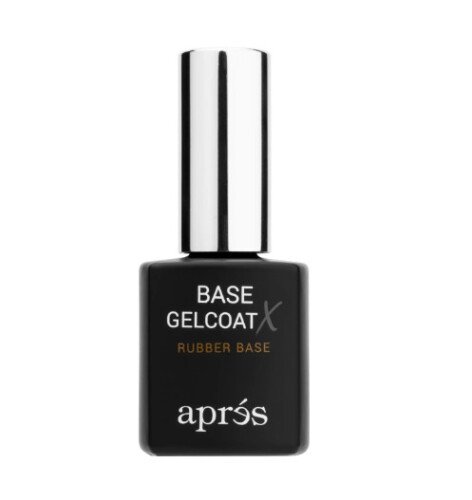Nail Supply
What is the difference between gel and Rubber Basel?
When it comes to gel vs rubber base, you might wonder which one fits your nail style and needs. We’ll walk through definitions, pros, cons, and help you pick the best foundation for your at-home gel polish routine. If you’re new to gel, start with what is gel nail polish to get cozy with the basics.
Understand gel base
Definition and purpose
A gel base coat is a thin, sticky layer that primes your nail. It locks color pigments in place and boosts shine once you cure under a lamp.
Pros of gel base
- Creates a super smooth canvas for color
- Strengthens adhesion, so polish lasts longer
- Yields a glossy finish that resists dulling
Cons of gel base
- Can feel rigid on weak or brittle nails
- Offers less flexibility, so chips may form at stress points
- Requires precise curing—under- or over-curing can cause lifting
To keep your nails healthy, give them a break between sets. Learn when to rest your tips with advice on how often break from gel nails.
Explore rubber base
What rubber base does
A rubber base coat uses elastic polymers to add stretch and strength. It fills in ridges, so your gel polish glides on evenly.
Pros of rubber base
- Adapts to natural nail movement without cracking
- Masks surface imperfections and smooths texture
- Gives a slightly cushioned feel that boosts durability
Cons of rubber base
- Thicker formula means more careful application
- Slightly less shiny—top coat is a must for high gloss
- May require extra filing or buffing before color
Gel vs rubber base overview
| Feature | Gel base | Rubber base |
|---|---|---|
| Flexibility | Low (rigid finish) | High (elastic finish) |
| Strength | Medium (stiff barrier) | High (cushioned support) |
| Surface smoothing | Light fill | Deep fill of ridges and grooves |
| Ideal nail type | Healthy, strong nails | Thin, peeling, or flexible nails |
| Shine level | Glossy right out of the lamp | Moderate (needs top coat) |
Use gel base if you want a slick, shiny coat. Reach for rubber base when your nails need extra give or smoothing.
Choose the right base
Match your nail needs
If your tips chip or lift easily, the stretch of rubber base helps prevent breakage. For tough salon looks, gel base gives that signature shine.
Think about durability
A rigid gel foundation can hold up under bold nail art. Rubber base resists impact better, so it’s great for active lifestyles.
Factor in polish style
Love ultra-glossy colors and fine line art? A gel primer makes every detail pop. For a soft cushion under gel polish, rubber base adds comfort. Check out best gel nail polish for home use to pair with your favorite base coat.
Prep for at-home application
- File and shape
Trim your nails to the desired length and lightly buff the surface. - Clean the nail plate
Wipe each nail with a lint-free pad soaked in alcohol or nail cleanser. - Apply the base coat
Swipe a thin layer of your chosen base, avoiding the skin. - Cure under lamp
Use an LED lamp (30 seconds) or UV lamp (2 minutes) per manufacturer’s instructions. - Add color and top coat
Follow with your gel shade, cure, then seal with a glossy top coat. - Remove safely
When you’re ready to switch things up, follow how to remove gel nail polish at home.
For a full step-by-step mani guide, see how to apply gel nail polish at home.
Recap and next steps
- Gel base is thin, shiny, and locks in your color.
- Rubber base is thicker, flexible, and smooths out imperfections.
- Your pick depends on natural nail strength, flexibility needs, and polish style.
- Easy at-home steps help you cure each layer for a long-lasting finish.
Ready to try a new base coat? Share your answers to these questions in the comments below and let’s chat nails:
- Which base coat do you reach for most often?
- Do you struggle with lifting or chipping during wear?
- Are you planning a bold mani or a subtle neutral?
- How often do you give your nails a break from gels?
- What nail design are you excited to try next?


